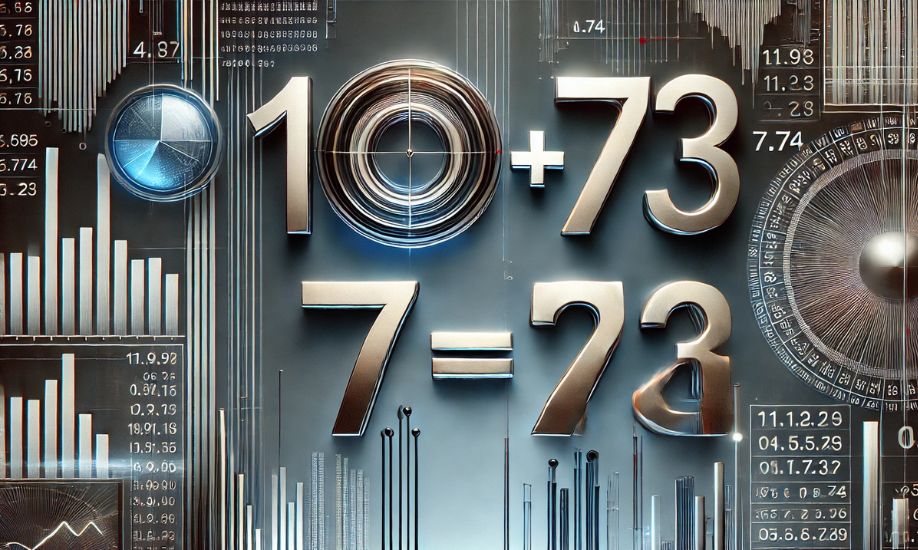What is the Difference Between 11.97 and 7.23? the Numerical Distinction

Introduction to What is the Difference Between 11.97 and 7.23?
When dealing with numbers, even simple calculations can have significant meanings depending on the context. One such calculation is determining what is the difference between 11.97 and 7.23. The numerical difference between these two values is a straightforward subtraction problem, but understanding this difference extends beyond basic arithmetic. This article explores the mathematical, financial, scientific, and practical implications of what is the difference between 11.97 and 7.23.
The Mathematical Difference Between 11.97 and 7.23
Mathematically, to find what is the difference between 11.97 and 7.23, we perform a simple subtraction:
The result, 4.74, represents the exact numerical difference between the two values. This operation follows the basic principle of subtraction, where a smaller number is subtracted from a larger number to determine the remaining value.
What is the Difference Between 11.97 and 7.23 in Financial Contexts?
In financial terms, what is the difference between 11.97 and 7.23 could refer to the price variation of a product, the difference in two salaries, or even a change in stock values. For example, if a product originally cost $11.97 and is now priced at $7.23, the price drop of $4.74 can be significant for budget-conscious consumers.
Similarly, in investments or savings, a difference of 4.74 units can impact financial planning. Understanding such numerical differences allows individuals to make informed decisions regarding purchases, budgeting, and investment strategies.
The Scientific Perspective on What is the Difference Between 11.97 and 7.23
In scientific research and engineering, precision is crucial. What is the difference between 11.97 and 7.23 might relate to measurements in experiments, where even a small numerical difference can affect results. For instance, if a scientist records two different temperatures—one at 11.97°C and another at 7.23°C, the temperature difference of 4.74°C can be vital for understanding chemical reactions or environmental changes.
Similarly, in engineering, differences in measurements of 4.74 units can determine whether a structure is stable or prone to failure. Such differences must be accurately calculated to ensure reliability and safety in various applications.
What is the Difference Between 11.97 and 7.23 in Everyday Life?
Beyond academic and financial contexts, what is the difference between 11.97 and 7.23 appears in everyday situations. Here are a few examples:
- Cooking Measurements: If a recipe calls for 11.97 ounces of an ingredient but only 7.23 ounces are available, the missing 4.74 ounces could impact the dish’s outcome.
- Distance Calculation: If a person travels 11.97 miles and another person covers 7.23 miles, the difference in distance covered is 4.74 miles, which could impact travel time and fuel consumption.
- Weight Comparison: If one object weighs 11.97 pounds and another weighs 7.23 pounds, the difference in weight is 4.74 pounds, which can be relevant when lifting heavy items or determining baggage weight allowances.
How to Calculate the Difference Between 11.97 and 7.23 Accurately
To ensure accuracy in finding what is the difference between 11.97 and 7.23, follow these steps:
- Align the numbers correctly with decimal points in place.
- Subtract each digit starting from the rightmost decimal place.
- Ensure proper borrowing if needed, especially when dealing with decimals.
- Verify the calculation to confirm the accuracy of 4.74.
Using a calculator or double-checking with manual subtraction can prevent errors, especially in financial and scientific applications where precision is essential.
Why is Understanding the Difference Between 11.97 and 7.23 Important?
Understanding what is the difference between 11.97 and 7.23 is more than just an arithmetic exercise—it highlights the importance of numerical accuracy across multiple fields. Whether in daily budgeting, scientific experiments, engineering calculations, or even casual scenarios like shopping and travel, knowing the exact difference helps in decision-making and problem-solving.
Conclusion
In summary, what is the difference between 11.97 and 7.23 is a fundamental mathematical question with broader implications. The numerical answer, 4.74, plays a role in finance, science, engineering, and everyday activities. Recognizing and applying this difference correctly allows for informed choices and enhanced precision in various disciplines.


